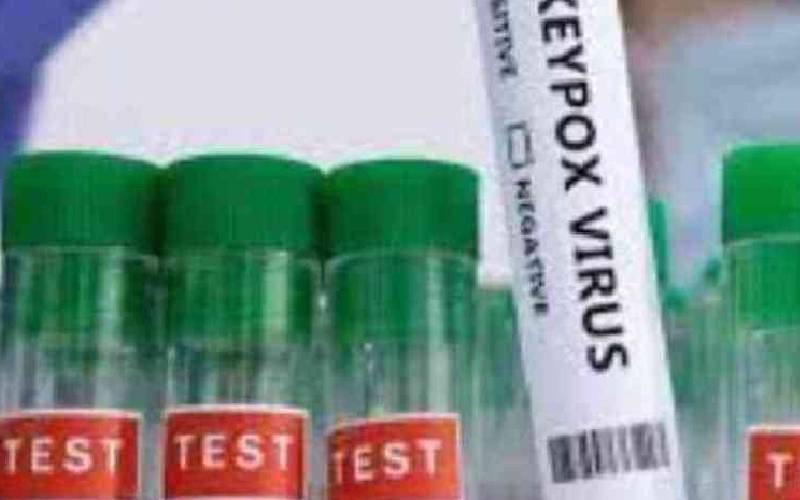Approximately 15 million Kenyans are estimated to be infected with human parasitic worms with the most intense infections being among children and the poor as reported by the World Health Organisation (WHO). Studies have shown that adult men who were treated as children worked 3.4 more hours per week, spent more time in entrepreneurial activities, and were more likely to work in higher-wage manufacturing jobs.
Surveys conducted by Kemri between 2012 and 2014 point out that areas of highest worm prevalence are in Western, South Rift and the coastal region mainly in Kilifi and Kwale County. Infected children are physically, nutritionally and cognitively impaired whereas in pregnant women, the parasites cause anaemia, which increases the risk of premature delivery and death resulting from excessive bleeding at birth.
The National School Based Deworming Programme (NSBDP) indicates that after the first cycle treatment, the worm burden often returns to eight per cent or more of its original level by the time the second drug treatment is administered as opposed to the expected target of one per cent during the Mass Drug Administration campaigns. Deworming drugs kill worms that are already in the body, but do not provide immunity against future reinfection.
Studies have shown that children infected with worms perform poorly in school due to absenteeism. Deworming a child enhances their access to education by improving their school attendance, increasing enrolment and class repetition thus enabling a child to reach their full potential. Regular deworming also contributes to good health and nutrition of a child.
According to a report by WHO on school-based deworming coverage through intersectoral coordination, western Kenya showed that school-based mass deworming decreased absenteeism by 25 per cent in 2013.
Director General, Ministry of Education Science and Technology Leah Rotich states that, “The Ministry has put in place robust policies in the education sector to help it achieve its goals. Among these policies is the National School Health Policy and its guidelines, implemented in collaboration with the Ministry of Health. This policy defines a holistic approach to improve children’s health in order to achieve improvements in access, retention, inclusion and equity in education.”
The NSBDP programme has operated successfully since 2009, wherein 3.6 million children were dewormed. Following the success of the first round of implementation, the programme was expanded to a national programme in 2011 and has since dewormed 5.9 million, 6.4 million and 6.17 million children in 2012-2013, 2013-2014 and 2014-2015 respectively according to the NSBDP report.
The Director of Medical Services, Jackson Kioko, affirms that in 2015, the programme reached 85 per cent of the targeted children thus sustaining high treatment coverage over the past three years which has reduced the prevalence of parasitic worms from 35 per cent in 2012 to 17 per cent in 2015.
Despite the successful scale-up of school-based deworming programmes in many communities, the highest levels of worm infection continue to be found in adults, who are not regularly treated. Re-infected individuals resume infection transmission trends to the rest of the population thus posing a challenge towards the complete eradication of worm infection within the community.
The government needs to broaden the reach of its treatment to not only school going children but also adults within the community to reduce the rate of re-infection. The government should partner with other health programmes locally and internationally such as Life Buoy and Malezi Bora, which are committed to improving health and hygiene behaviour so as to also extend the programme to children under the age of five.
The WHO report on Sanitation (2016) states that some 842,000 people in low and middle income countries die as a result of inadequate water, sanitation and hygiene each year, representing 58 per cent of total diarrhoeal deaths. Poor sanitation is believed to be the main cause in some 280,000 of these deaths.
The county government also needs to conduct health education to reduce transmission and reinfection by encouraging proper sanitation, use of latrines through improved infrastructure as opposed to open defecation and providing clean water supply to curb worm reinfection.?
The writer is a communications consultant at Traction Communications Limited
 The Standard Group Plc is a
multi-media organization with investments in media platforms spanning newspaper
print operations, television, radio broadcasting, digital and online services. The
Standard Group is recognized as a leading multi-media house in Kenya with a key
influence in matters of national and international interest.
The Standard Group Plc is a
multi-media organization with investments in media platforms spanning newspaper
print operations, television, radio broadcasting, digital and online services. The
Standard Group is recognized as a leading multi-media house in Kenya with a key
influence in matters of national and international interest.
 The Standard Group Plc is a
multi-media organization with investments in media platforms spanning newspaper
print operations, television, radio broadcasting, digital and online services. The
Standard Group is recognized as a leading multi-media house in Kenya with a key
influence in matters of national and international interest.
The Standard Group Plc is a
multi-media organization with investments in media platforms spanning newspaper
print operations, television, radio broadcasting, digital and online services. The
Standard Group is recognized as a leading multi-media house in Kenya with a key
influence in matters of national and international interest.








